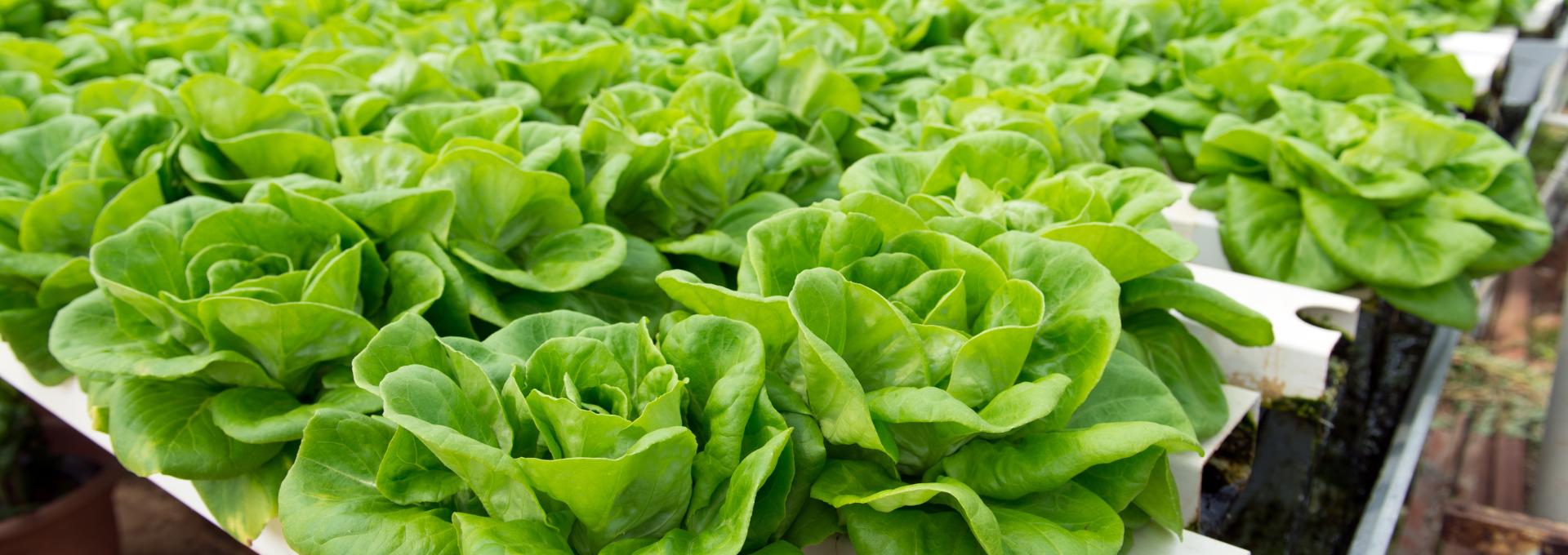
Improving crop management practices in the greenhouses is an important aspect that boosts production. The total area of greenhouses in the Kingdom of Saudi Arabia is almost 3300 hectares. Tomato, cucumber and sweet pepper now account for more than 95% of the protected area cultivation. To optimize production and maximize economic returns on protected cultivation, Estidamah research programs focus on improving the cultural practices that apply good agriculture practices (GAP) for all cultivated crops to achieve maximum production with high safety standards. These practices cover several aspects, including crop production, control of growth and fruit setting during the cropping season and harvesting.
Under the crop management program, we plan to maximize plant density and training on pruning. Both aspects aim to control the number of shoots and increase light penetration throughout the leaf canopy. Bumblebees are also utilized as an important cultural practice inside the greenhouse to increase crop yield and fruit quality. In parallel, we are running trials to evaluate several cultivars that fit the Saudi local growing conditions to increase crop yield.
However, all data on climate and fertigation control are collected, organized and structured through a greenhouse process control computer (HortiMaX-MultiMa) to record the temperature and humidity values, as well as water and fertigation applications. The pH and EC of the irrigation and drain, as well as the concentration of each individual macro and micro-nutrient, are monitored on a regular basis to ensure that the crop would not face any deficiency.
